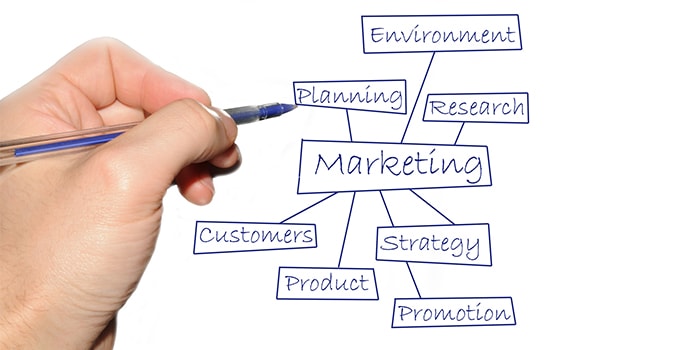For your business to thrive, people need to know about it. You must educate them, make them aware of your brand, and let them know why they need you. The best way to do this is establishing a marketing plan. It’s essentially your roadmap to acquiring customers.
If you’ve never put together a marketing plan, the thought of creating one might seem overwhelming. Fortunately, a small business marketing plan does not have to be as long or formal as one for a large company. It can be simple and to the point. However, writing even a simple plan takes some thought and work. But, having a marketing plan to refer to is well worth the time you put into it.
Here’s a breakdown of the sections you’ll need in your marketing plan.
1. Situation Analysis
This is where you describe your business in terms of what it does as well as its strengths and weaknesses. Here, you identify opportunities and threats in the market. The situation analysis discusses who is likely to want or need your product or services, and provides an overview of your competitors.
2. Target Audience
Describe your audience as if it is a person, including age group, gender, earnings, lifestyle—the demographics that give you an image of your prospective customers. Narrow it down as much as possible. What kind of work do they do? What is their job title? Are they traditional or more contemporary in tastes? Describe both primary and secondary audiences.
3. Benefits
What are the benefits or value you can offer customers? What is it about each company feature that makes a difference in their lives? You might save them time, for instance. Maybe the quality is superior and your product lasts longer and saves them money in the long run.
4. Brand Message
Based on what you have determined about your business and audience, write out the messages you want to convey. Consider the brand personality you want to communicate. Basically, describe what you want to say and how you should say it. A CPA might want to say “We know what we’re doing and will save you money” using a professional, more formal tone. For a party goods store you would probably want to include outstanding customer service as a message, and get it across with a fun and relaxed attitude.
5. Marketing Goals
As specifically as possible, note what you want to achieve with marketing. Make your goals measurable. It could be you want to increase business by 15 percent, or to get 10 percent more inquiries every month. Try to be realistic; you can always go back and elevate your expectations based on the progress you’re seeing.
6. Strategies and Tactics
Once you have a clear picture of what makes your business better than the competition, who your audience is, and what your marketing goals are, you can figure out which marketing tools you need to get in front of your prospective customers.
This is where the bulk of your plan comes into play. Bring in a marketing consultant to help you out with strategizing and implementation, or hire an employee for the role. If those aren’t options for you, you’re going to have to educate yourself on marketing techniques. Select marketing strategies with your audience in mind. Options include social media, email campaigns, different forms of advertising, direct mail and public relations events.
7. Budget
Now it’s time to set your budget. How much will your strategies cost? If it’s too high, dial it back a notch with plans to expand in the future. Make a list of your tactics and attach a dollar amount to each one. Add them up and you have an idea of what your budget will look like.
As with a business plan, the marketing plan can be adjusted. Look at it at least once a quarter and evaluate results and costs. Any surprises? See anything that might improve the results? Address your marketing plan annually to plan for the upcoming year. After a few years of creating marketing plans, it will become easier to set goals, measure results and establish budgets.







